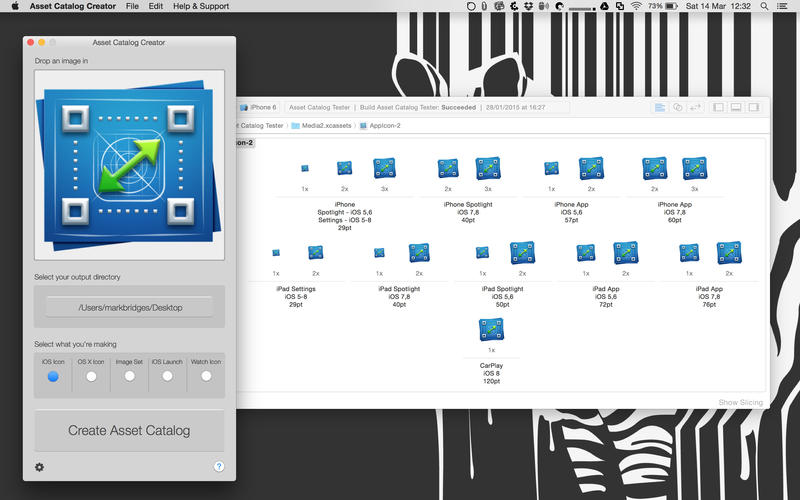

Returns the RT::Catalog object for this asset's catalog. Returns true if the current user can see the asset, either because they just created it or they have the ShowAsset right. Returns true if the current user has the right for this asset, or globally if this is called on an unloaded object. You should disable the asset instead with $asset->SetStatus('deleted'). Returns true if the catalog exists and is not disabled, otherwise false. Requires that Names contain at least one non-digit. Returns a tuple of (status, msg) on failure and (id, msg, non-fatal errors) on success, where the third value is an array reference of errors that occurred but didn't prevent creation. RefersTo, ReferredToBy, DependsOn, DependedOnBy, Parents, Children, and aliasesĪny of these link types accept either a single value or arrayref of values parseable by RT::URI. User Names and EmailAddresses may also be used, but Groups must be referenced by ID. Status Owner, HeldBy, ContactĪ single principal ID or array ref of principal IDs to add as members of the respective role groups for the new asset. Without unique names, the behaviour is undefined. should be a numeric ID, but may also be a Name if and only if your custom fields have unique names.

Sets the value for this asset of the custom field specified by. Available keys are: Name Description Catalog Create PARAMHASHĬreate takes a hash of values and creates a row in the database. Loads the specified Asset into the current object. Catalog Status Creator Created LastUpdatedBy LastUpdatedĪll of these are readable through methods of the same name and mutable through methods of the same name with Set prefixed. RT::Asset - Represents a single asset record DESCRIPTIONĪn Asset is a small record object upon which zero to many custom fields are applied.


 0 kommentar(er)
0 kommentar(er)
